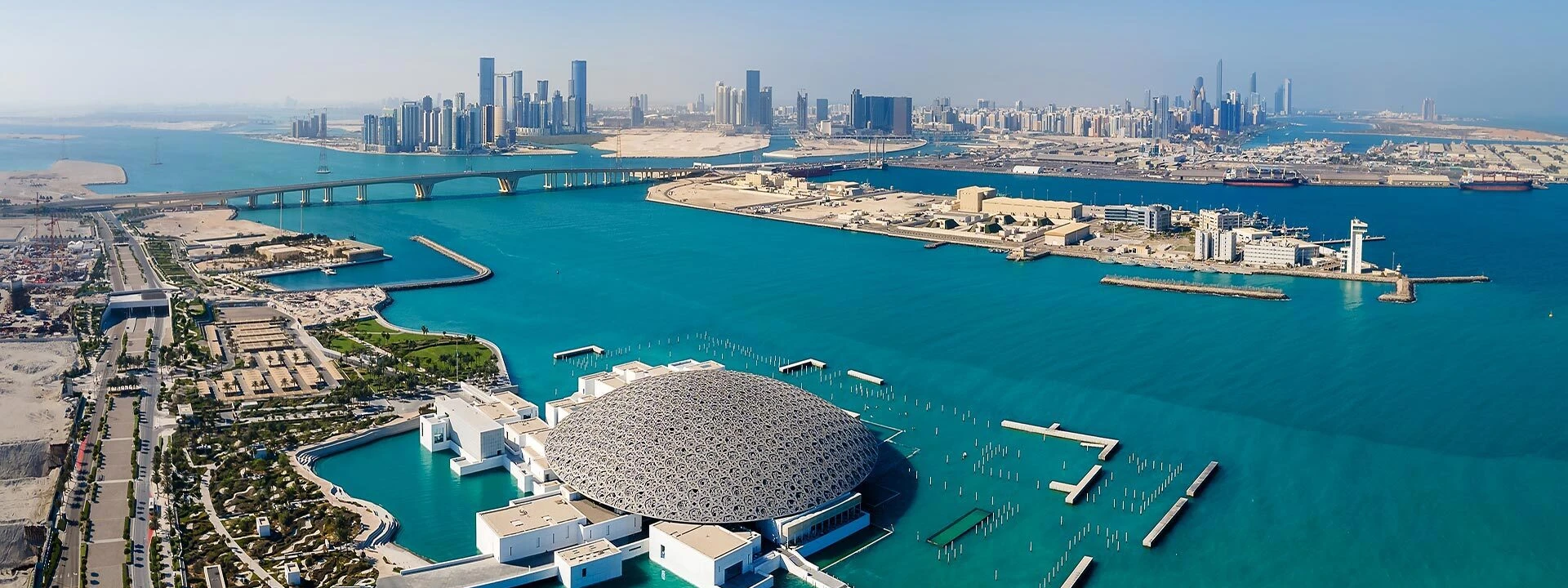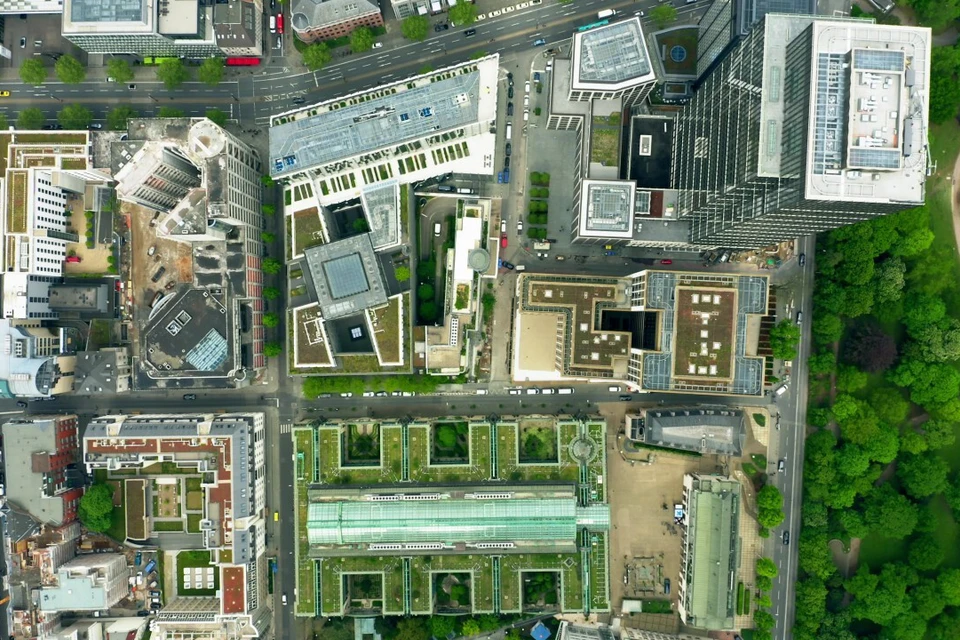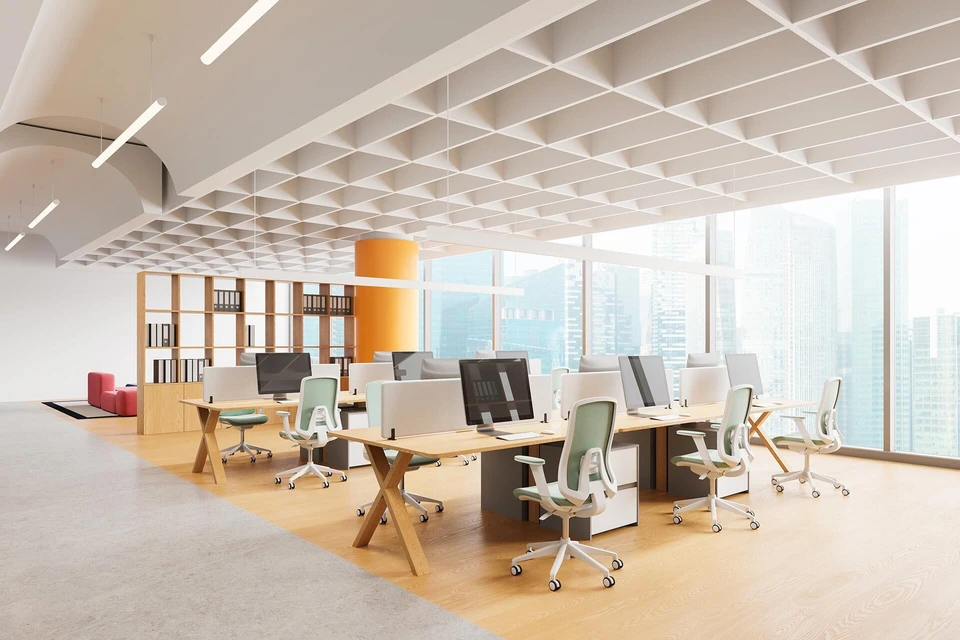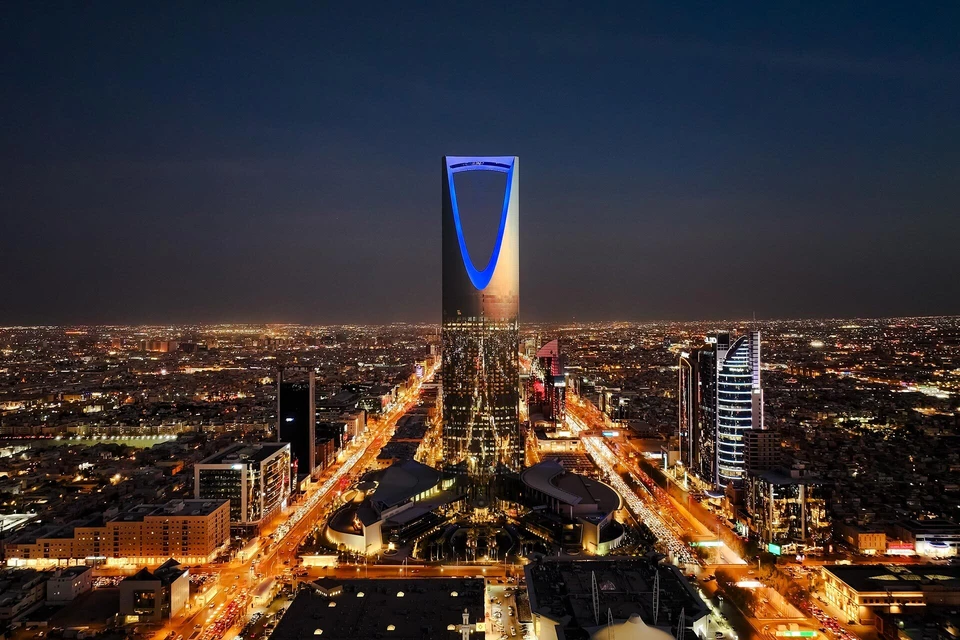Making Museums and Cultural Spaces Universally Accessible
| AccessibilityCreating truly inclusive museums and cultural spaces means going beyond compliance and embracing universal accessibility as a fundamental principle, Dania Al-Adhami CPABE-II , Principal - Accessibility and Inclusivity Consulting at Design Confidence.
In recent years, global efforts led by UNESCO and the World Tourism Organisation (UNWTO) have underscored the importance of cultural inclusion, ensuring that heritage sites, museums, and public spaces are welcoming to all, regardless of physical ability, sensory limitations, or cognitive diversity.
Accessibility is not just about ramps and lifts. It encompasses a holistic approach to design that considers the diverse needs of visitors. From tactile exhibits and audio descriptions to sensory-friendly environments and digital accessibility, inclusive design transforms cultural spaces into enriching experiences for everyone.
UNESCO’s Convention on the Rights of Persons with Disabilities highlights the right of all individuals to participate in cultural life, while UNWTO continues to advocate for accessible tourism, recognising that cultural heritage should be enjoyed by all.
Multifaceted approach
Ensuring that museums and cultural spaces are universally accessible requires a multi-faceted approach that goes beyond physical modifications. True inclusivity means recognising the diverse needs of all visitors: people with physical disabilities, sensory impairments, neurodivergent individuals, the elderly, and those facing temporary mobility challenges. By embracing universal design, cultural institutions can foster an environment where everyone has equal access to their shared heritage.
The first step in achieving this is ensuring physical accessibility. This includes step-free entrances, ramps, lifts, wide corridors, and accessible seating areas. However, physical access alone is not enough.
Visual and auditory accessibility must also be considered, with features such as tactile exhibits for visually impaired visitors, audio guides with multiple language and sign language options, and clearly signposted wayfinding with high-contrast visuals and braille. Additionally, museums can create sensory-friendly environments, providing quiet zones, adjusted lighting, and guided experiences for neurodiverse individuals.
Role of technology
Technology plays a crucial role in making cultural experiences more inclusive. Digital accessibility, such as virtual tours, interactive apps with voice commands, and online content formatted for screen readers, ensures that even those who cannot physically visit a site can engage with its history and significance. Staff training is equally essential; front-line employees should be equipped with the knowledge to assist visitors with diverse needs and create a welcoming atmosphere for all.
Making cultural heritage accessible is not simply a legal or ethical responsibility. By investing in universal accessibility, museums and cultural institutions can ensure that every citizen, regardless of ability, can engage with, learn from, and contribute to their heritage.
In the UAE and the broader GCC region, several initiatives have been implemented to enhance accessibility and inclusivity in cultural and heritage sites:
Virtual Experiences for Wheelchair Users
Virtual Tours of Heritage Sites: Organisations have developed 3D virtual tours of cultural, historic, and heritage sites in the UAE, making them accessible to individuals with physical limitations. These virtual experiences allow users to explore intricate details of sites that may be challenging to navigate physically.
Tactile Art in Museums
Louvre Abu Dhabi: The museum features numerous tactile stations that span a selection of cultural achievements from 3000 BCE to the present day. These stations include paintings, sculptures, and objects from ritual or daily life, inviting visitors to a free sensory exploration of their qualities and meanings.
Sharjah Museums Authority: Has launched ‘Tactile Tours’ for visually impaired visitors, offering an interactive museum experience that allows them to touch models of objects, providing an opportunity to engage with exhibits through other senses.
These efforts reflect a growing commitment in the region to make cultural and heritage experiences more accessible and inclusive for all visitors.
Integrating inclusive design principles
At Design Confidence, we are committed to driving this transformation through evidence-based accessibility consulting. By integrating inclusive design principles from the outset, we help cultural institutions create spaces that are not only compliant but truly welcoming. As the conversation around universal accessibility continues to evolve, it is essential for architects, planners, and cultural leaders to champion these efforts, ensuring that our shared heritage is accessible to every individual.






